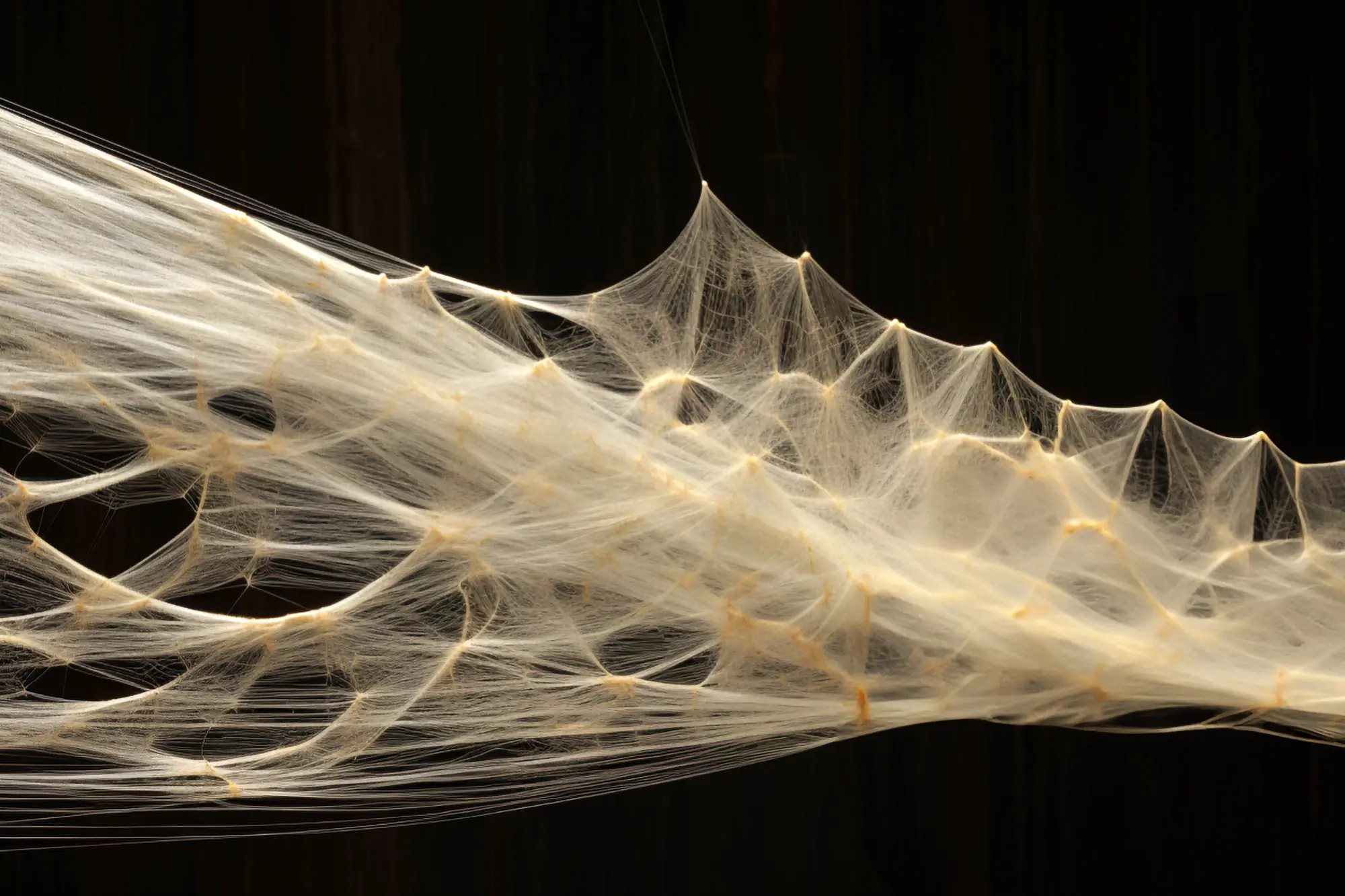Chinese Researchers Create Mutant Worms That Make Spider Silk

In a groundbreaking scientific development, Chinese researchers have successfully created mutant worms capable of producing spider silk. This innovative achievement opens up a world of possibilities in the field of biomaterials and could have profound implications for various industries.
Spider silk is known for its exceptional strength and elasticity. It has long been coveted for its desirable properties, but obtaining it in large quantities has proven to be a significant challenge. However, by utilizing genetic modification techniques, scientists have managed to introduce the spider’s silk-producing genes into worms, resulting in a breakthrough in the production of this remarkable material.
The mutant worms have been genetically engineered to secrete spider silk proteins, which are then harvested for further use. This new approach not only overcomes the difficulties associated with extracting spider silk from spiders but also makes it possible to produce larger quantities of this valuable biomaterial.
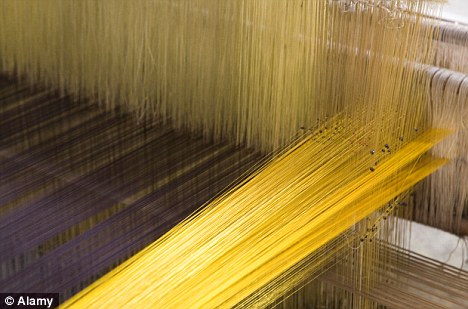
Revolutionizing the Production of Biomaterials
The creation of these mutant worms has the potential to revolutionize the production of biomaterials. Spider silk is incredibly versatile and has a wide range of applications, including in the medical, textile, and aerospace industries. Its strength, flexibility, and biocompatibility make it an ideal material for various purposes.
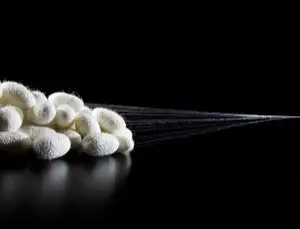
In medicine, spider silk has promising uses in tissue engineering, drug delivery systems, and wound healing. Its biocompatibility and ability to mimic the strength and structure of human tissues make it an excellent candidate for regenerative medicine. Additionally, its unique properties make it an attractive material for designing advanced drug delivery vehicles.
The textile industry could also benefit greatly from the availability of spider silk in large quantities. Spider silk fabrics are lightweight, breathable, and incredibly strong, making them ideal for high-performance sportswear, outdoor gear, and even protective clothing. With the production of synthetic spider silk becoming more viable, we may soon see these exceptional fabrics becoming more accessible to consumers.
Furthermore, the aerospace industry is constantly seeking innovative materials that are strong yet lightweight. Spider silk, with its remarkable strength-to-weight ratio, holds great potential for the development of advanced composites and lightweight structures. This could pave the way for more fuel-efficient aircraft and spacecraft, reducing both costs and environmental impact.
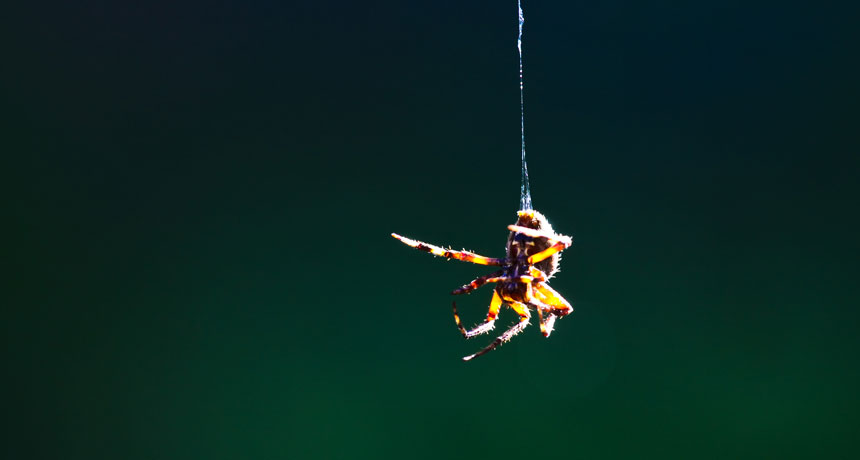
Future Possibilities and Ethical Considerations
While the creation of these mutant worms brings exciting possibilities, it also raises important ethical considerations. Genetic modification is a controversial topic, and it is crucial to thoroughly evaluate the potential risks and benefits associated with such advancements. Transparency and open dialogue will be vital in navigating the ethical landscape surrounding this technology.
Additionally, it is essential to ensure responsible use of this newfound capability. Strict regulations and guidelines should be in place to prevent any misuse of genetically modified organisms or their products. Ethical considerations should always be at the forefront of scientific advancements to ensure the well-being of both humans and the environment.
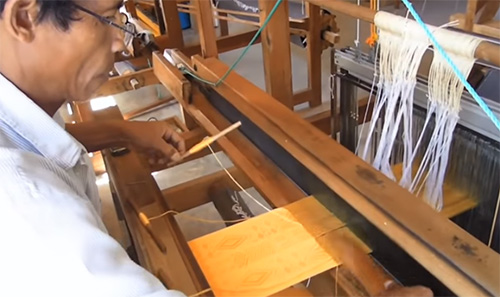
In conclusion, the creation of mutant worms capable of producing spider silk represents a significant breakthrough in the field of biomaterials. This innovative approach has the potential to revolutionize various industries, such as medicine, textiles, and aerospace. However, it is crucial to proceed with cautious optimism, considering ethical concerns and implementing appropriate regulations. With responsible use and further research, the production of spider silk could become more accessible and pave the way for exciting advancements in technology and sustainability.
